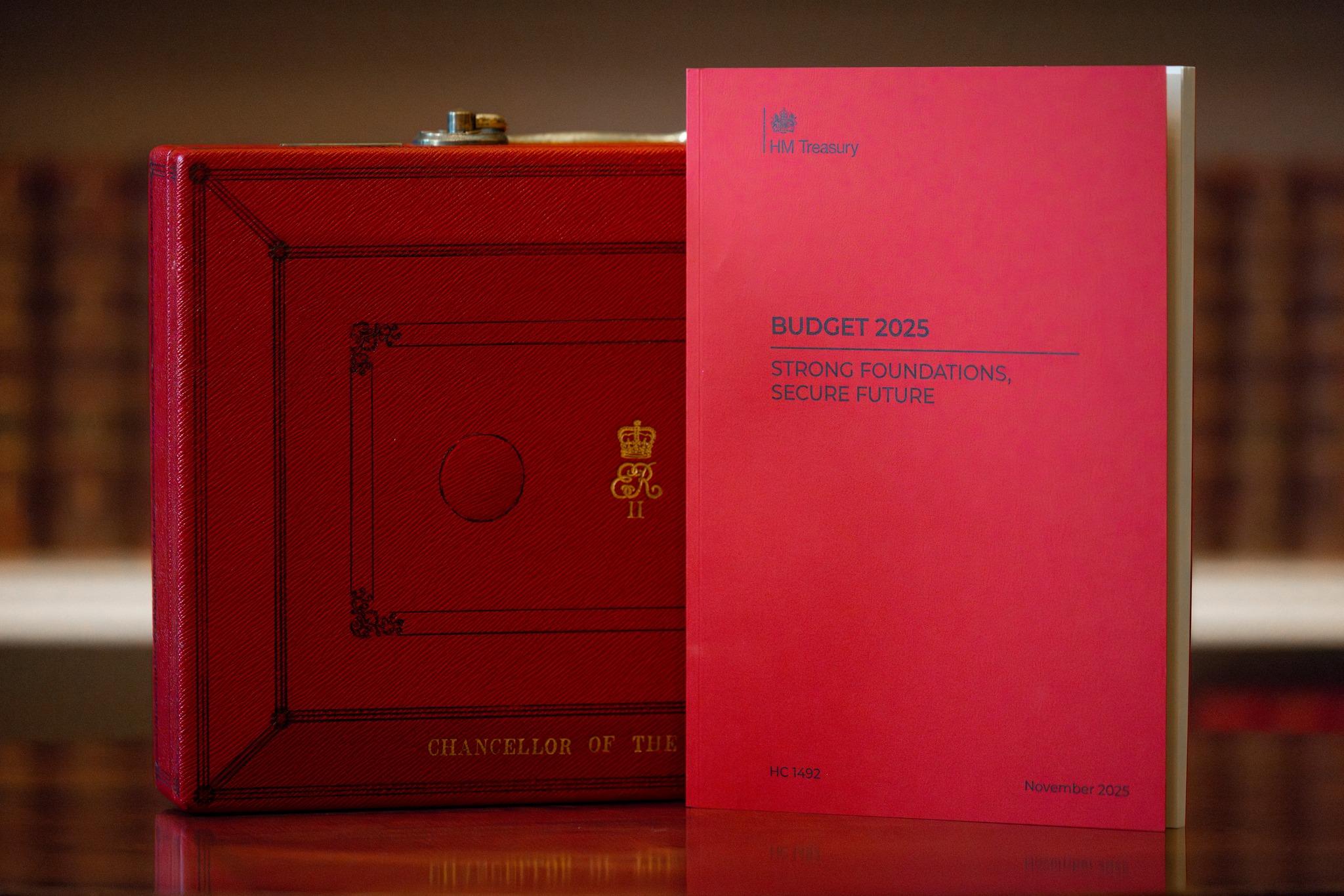A Review of the 2020/2021 Financial Year R&D Stats

HMRC’s annual research and development tax credits statistics were released in September.
HMRC’s annual research and development tax credits statistics were released in September.
The report provides details on the number of companies claiming R&D tax credits; the latest findings look back on the 2020/2021 tax year. It also breaks down the claims by scheme, region, and industry in order to provide a holistic picture of the current R&D landscape.
In this article, we delve into the report’s findings and what they mean.
Key findings
Some key findings include:
- 10% decrease in the average value of claims in the 2020/2021 tax year.
- 11% decrease in reported R&D expenditure.
- 4% decrease in total R&D tax relief support claimed in 2020/2021 from the previous year.
- The proportion of relief awarded to the top three R&D sectors is 70%.
- The total number of R&D claims for the tax year 2020/2021 is estimated to be 89,300.
Insights
The findings show a general trend in decreased values of relief awarded to businesses claiming R&D tax credits across the board. While this trend and its composite figures are certainly notable, this period includes the COVID-19 pandemic where businesses faced adversity, and many efforts towards research and development were, necessarily, halted or curtailed. While the impact of the pandemic on innovation is evident, the statistics also highlight an 11% decrease in reported R&D expenditure from the previous year. This drop demonstrates the need for the R&D tax incentives to be consistently reviewed to ensure it continually attracts businesses and encourages them to undertake innovation projects to drive economic growth.
Business resilience
While some of HMRC’s reported figures are not surprising, some findings demonstrate strong business resilience and adaptability, particularly in the wake of the COVID-19 pandemic. This is a promising sign for the future of the R&D tax credit scheme.
While the value of R&D tax relief fell for the first time, the number of UK businesses claiming increased. An encouraging sign that UK businesses did not stop innovating despite the challenges the pandemic posed. It’s important to note that HMRC does not provide any insight into these figures, and it may be some time till we can understand the true impact of the pandemic on UK businesses and innovation. Although it is positive that more companies are investing in R&D, we feel there is a lack of understanding as to why the number of companies claiming has increased while the total value of relief has decreased i.e. is the disparity simply due to the COVID-19 pandemic or are the businesses claiming not maximising their claims.
Number of claims
The numbers of R&D tax claims are encouraging, demonstrating increased uptake in both SMEs and larger businesses.
The total number of R&D tax claims for the 2020/2021 tax year is estimated to be 89,300 – this is an increase of 7% from the previous year.
This is broken down into:
- 78,825 Small or Medium-sized Enterprise (SME) scheme claims
- 10,475 under the Research and Development Expenditure Credit (RDEC) scheme This can be larger corporations or SMEs if they qualify.
These figures show that a key driving factor in growth is due to more small or medium-sized enterprises making claims, which represents 7% growth under the SME scheme and 20% growth under the RDEC scheme.
As there were concerns that SMEs would find it hard to claim under the complicated RDEC scheme, it’s positive to see growth in the number of claims. However, as the RDEC claim relief is not as generous in its relief rates for some SMEs compared to the SME scheme, ideally the RDEC scheme needs to be updated so small and medium-sized businesses do not miss out.
Amount of relief claimed
The total support claimed through both R&D schemes (SME and RDEC) for the tax year 2020/2021 is estimated to be £6.6 billion. This is a decrease of 4% from last year’s total of £6.9 billion.
As previously mentioned, this notable drop is likely to be in response to the effects of the COVID-19 pandemic and its impact on businesses not undertaking their normal levels of R&D activity. However, as the impact of the pandemic is only estimated, we do not have clear insight into the other factors that could have caused this figure to decrease such as the crackdown on fraudulent claims.
Regional claims
Companies with registered offices in London had the highest concentration of claims: 21% of total claims and 31% of the total amount claimed. The South East follows with 15% of total claims and 18% of the total amount claimed.
While these figures show the regional breakdown of R&D tax credit claims, these figures are based on the company’s registered address for the 2020/2021 tax year and might not necessarily be based on where actual R&D activity is carried out. As there are a high number of registered offices in London, outside of London, claims are more evenly spread across UK regions.
The proportion of claims and the amount claimed by region is largely a continuation of those seen in recent years. The East of England has the third largest amount claimed with 12% of the total while being the fourth largest region based on the number of claims. Similarly, the North-West has the third largest number of claims but is the fourth largest region in the amount claimed.
Industry sectors
There are key sectors where R&D investment continues to remain high. The Information and Communication, Manufacturing and Professional, Scientific and Technical sectors continue to have the greatest volume of claims – comprising 62% of total claims and 70% of the total amount claimed for in the 2020/2021 tax year.
These three key sectors have continuously outperformed other industries in terms of R&D expenditure. This can be interpreted in two ways; either other industries are not conducting as much R&D or the schemes are already particularly well-suited to these three sectors while other sectors are less sure of how they can qualify. Alongside the chancellor’s recent vision for the UK becoming a second ‘silicone valley’, these figures show that the schemes need to be continuously reviewed to encourage UK innovation in as many sectors as possible.
The next HMRC research and development tax credits statistics release is planned to be in Autumn 2023. The full report can be accessed from HMRC here.
FAQs

Can we help your business?
Book a free consultation with our expert R&D funding advisors today. We specialise in helping innovative businesses like yours unlock millions in government funding, specifically allocated to fuel your innovation. Let us help your business access the support it deserves.








.svg)


